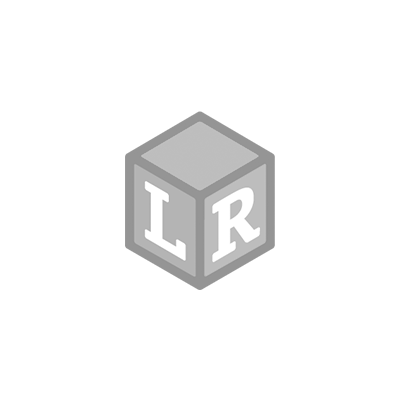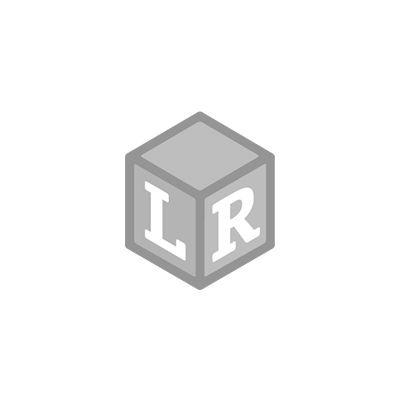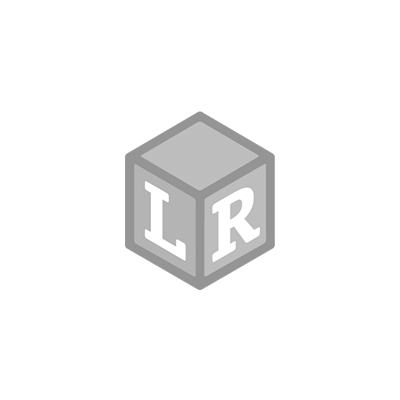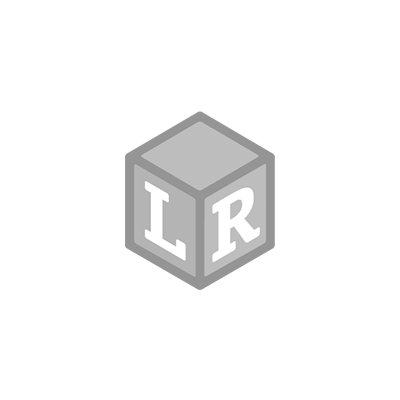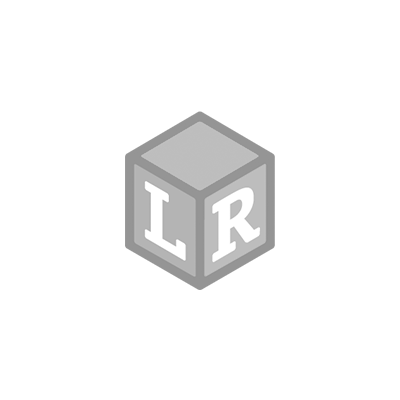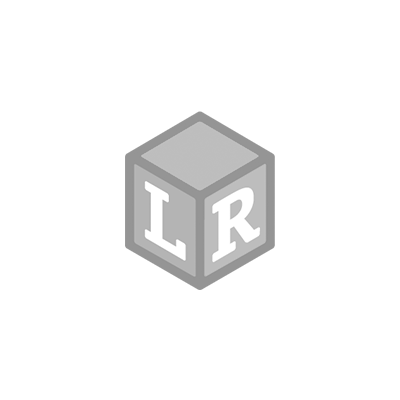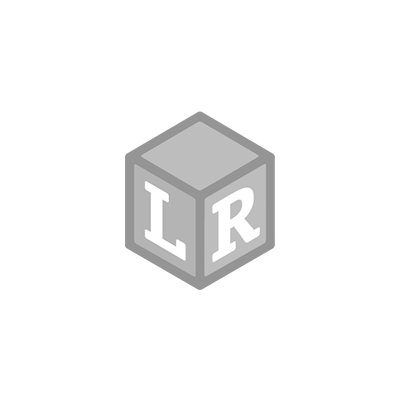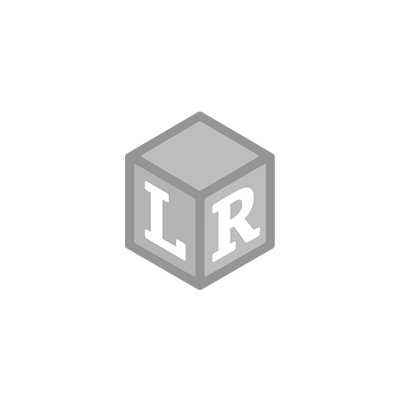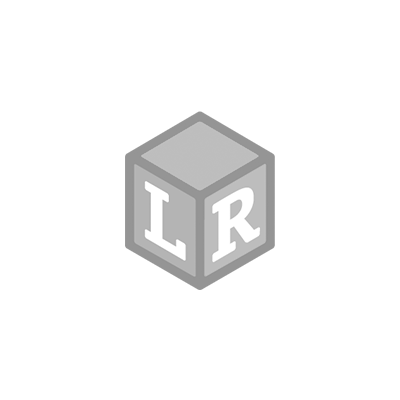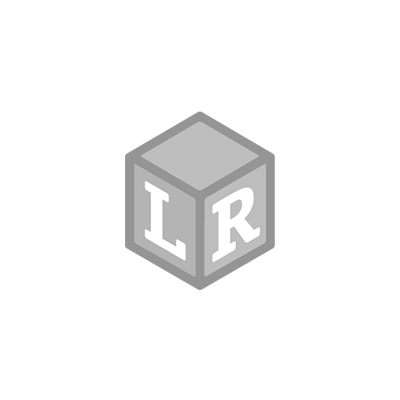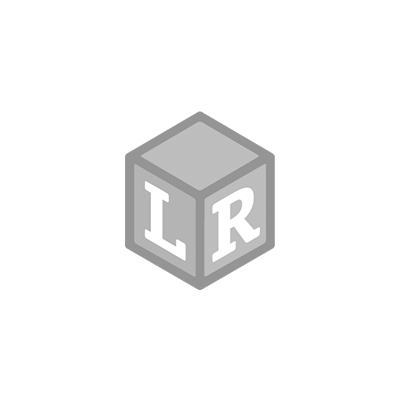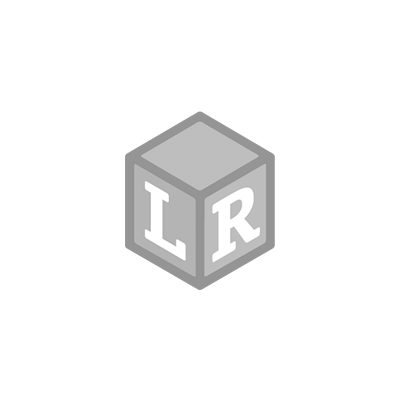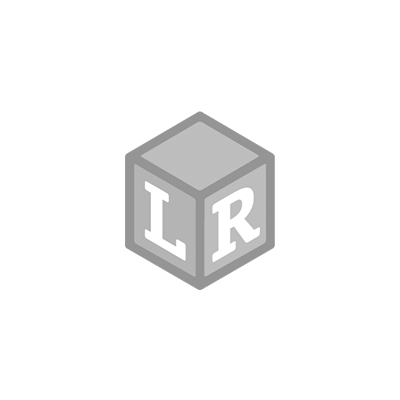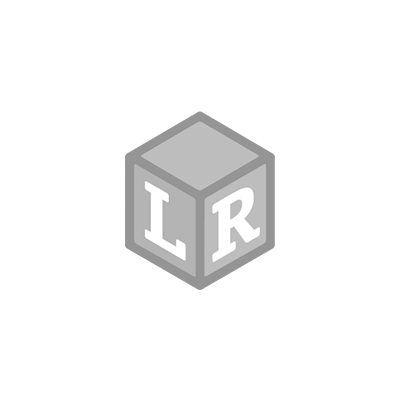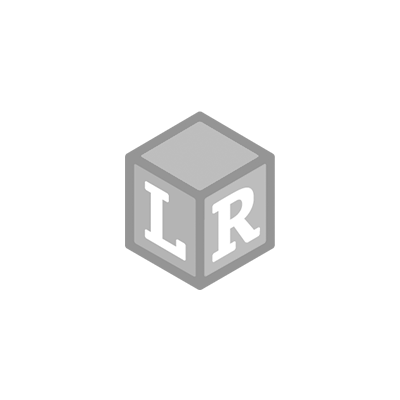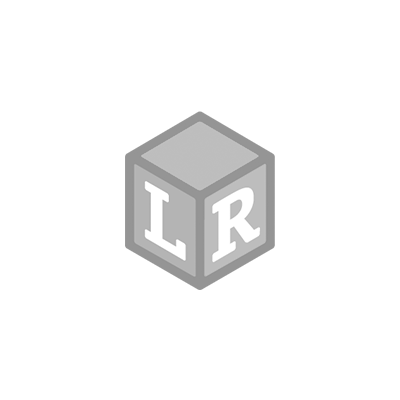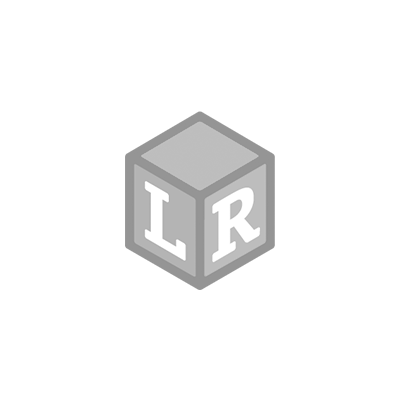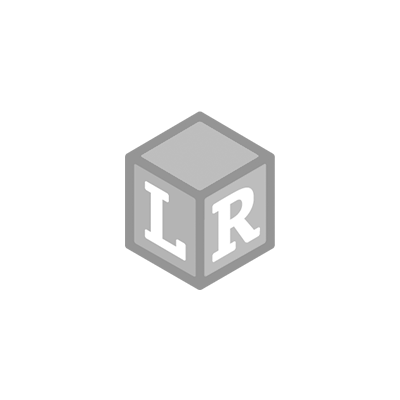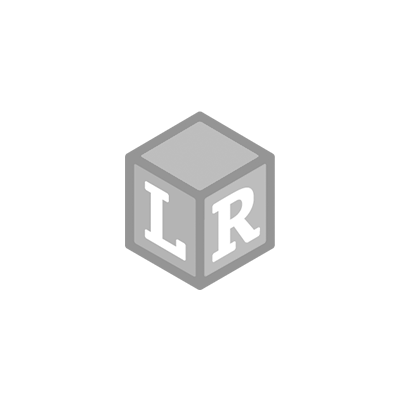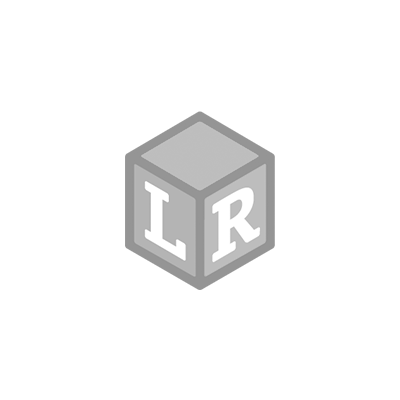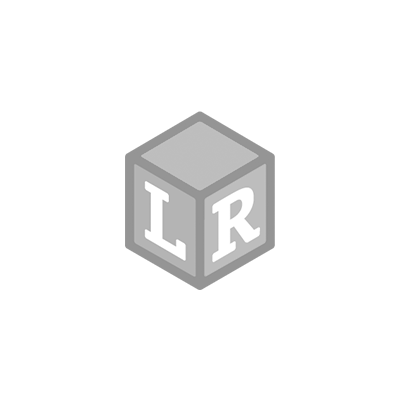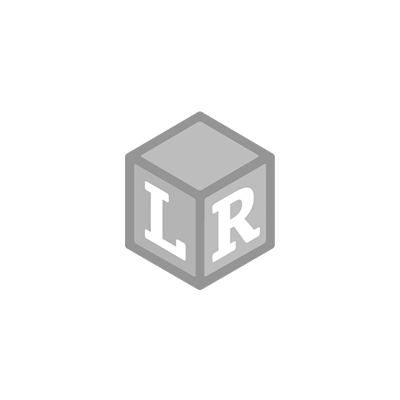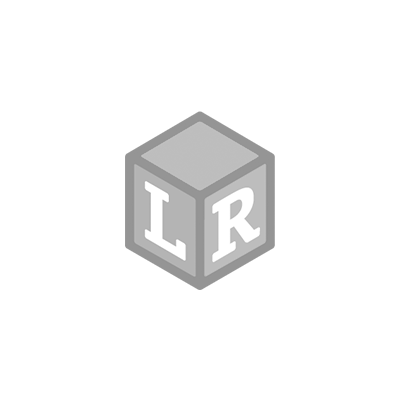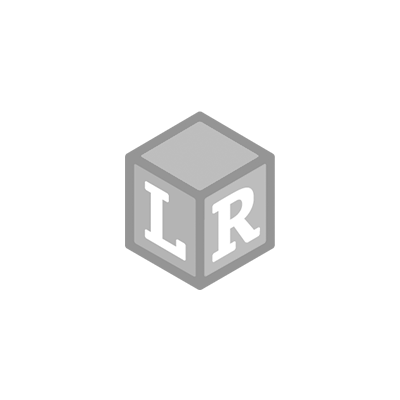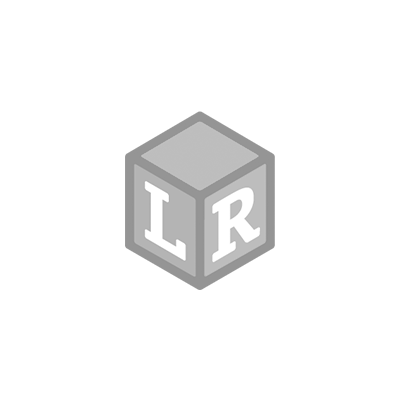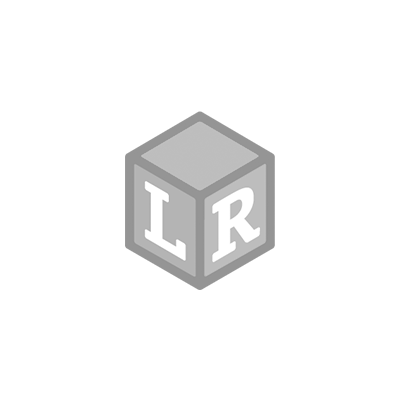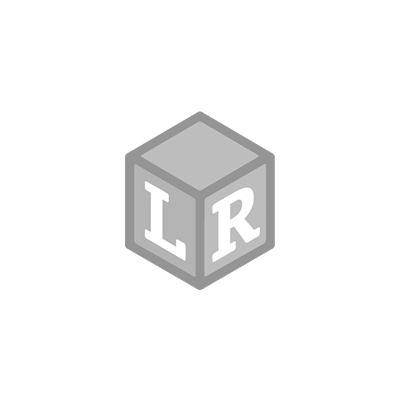Sort-'Em-Up Pups™ Play & Learning
- Learning Resources Posted On Jan 10, 2022 | 5 - 7 Years SEL
Any sorting set which doubles up as a small world invitation to play is such a winner in my book. The Learning Resources® Sort-’Em-Up Pups Activity Set is new for 2022, and it sure is a gooden'! In this blog, we will be sharing more about what is included in the set and the ways we have been playing with it so far.
What's Included?
I love how this set can all be stored in the cute little pup house. When you first pop off the roof to the house, you will find an orange, green, blue, and purple playpen fence, along with three varying-sized dogs in each color and a selection of paw print cards, as with most Learning Resources products, you also get a comprehensive activity guide which offers some great play and learning suggestions.
Ways to Play
My daughter is four years old, and she loves playing with animals at the moment, especially cats (bonus points if it is a cheetah) and dogs. As she was unpacking this set, she was very excited, especially as there was a little house for the dogs… and then she realized that they all had their little playpens too. The first play was about getting to know her new 'pet pups.' She carefully studied them and noticed that they were different sizes and had some differences in their features. For example, they had different colored noses, and some had polka-dots on their backs, and others didn't. It's always a good idea to encourage your child to share these differences, as this can help with language development. It also even allows them to develop scientific fundamentals such as observation, description, and analysis skills.
After all of the initial explorations of the dogs were over, it was time to start sorting. My preschooler carefully arranged the playpens and placed the colored dog families together in their pens. As she did this, she counted how many there were and commented on the size and unique features of the dogs. She was careful to line up each family of dogs in size order, biggest to smallest. It might not seem like it, but even this simple act is a way for preschoolers to develop and demonstrate early numeracy skills.
Once all of the dogs were with their families in their playpens, my daughter started to make the families interact with each other. She would make up playdates and would be chatting away in her magical world of pretend play. She finished her play session by making a stepping stone pathway for the pups to lead them back to their pup house. She used the numbered paw print cards and carefully laid them out in the correct number order. Then she let the pups take it in turns to jump along the pathway, counting the paw prints as they went. This would also work well if you added dice to the setup so that your child could roll and then move the pup that many paw print cards forwards. My little one was so engrossed in her play that I didn't want to interrupt her, so we will try that next time. She got all of the pups safely in their pup house and then proceeded to set up her playpens and pups all over again.
I'm looking forward to exploring many more ways to use this set in the future. I like that you can challenge your child to sort the pups in numerous ways because of their varying features, some more subtle than others. I'm also planning to add the pups to a sensory bin, maybe some play dirt or dyed green rice, as I know, my preschooler will love the added sensory element to the small world play. So many great ways to play and learn with the Sort-’Em-Up Pups!
Writer's Bio
Lucy Baker is a Mom of two (4 & 8 years old) passionate about creative play and hands-on learning. She firmly believes in providing children with the opportunity to learn through play and being part of their play journey as a parent. See more of her creative play ideas and process art projects on Instagram @findthelittlemind, and over on her blog, Find the Little Mind.
 Shop UK Site
Shop UK Site 
